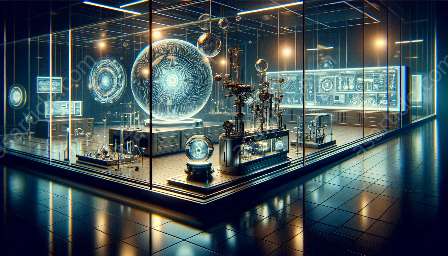Holography, a cutting-edge technology that has revolutionized fields such as optical engineering, art, and entertainment, encompasses color holography, a captivating and futuristic approach that melds artistic expression with science.
The Basics of Holography
Holography, a technique that captures and reconstructs the light scattered from an object, goes beyond traditional photography. It involves the use of coherent light sources, such as lasers, to create a three-dimensional image, termed a hologram. The holographic process utilizes a recording medium to store information about the light's phase and amplitude, resulting in lifelike and immersive three-dimensional representations of objects.
The Allure of Color Holography
Color holography expands on the traditional monochromatic holographic technique by incorporating a broad spectrum of wavelengths, giving rise to vibrant, multi-hued holograms. This extension allows for enhanced realism, depth, and visual appeal in holographic imagery, making color holography an exciting frontier in both artistic expression and scientific exploration.
Principles of Color Holography
Color holography relies on the principles of interference and diffraction to produce vivid, full-color holograms. The process involves recording multiple interference patterns by superimposing light waves of different colors and angles, resulting in a composite holographic image that exhibits stunning color fidelity and detail.
Applications of Color Holography
The unique capabilities of color holography have found diverse applications across various industries. In art and entertainment, color holography enables the creation of mesmerizing, lifelike portraits and sculptures that captivate viewers with their vividness and depth. In optical engineering, color holography holds promise for developing advanced display technologies, medical imaging systems, and security features with unparalleled visual quality and authenticity.
Advancements in Optical Engineering through Color Holography
The synergistic relationship between color holography and optical engineering has led to significant advancements in the development of next-generation display technologies. From head-up displays in automobiles to holographic telepresence systems, optical engineers are leveraging the unique properties of color holography to enhance visual communication, entertainment, and information display.
Future Prospects in Color Holography
As research and innovation in color holography continue to evolve, the future holds immense potential for further breakthroughs in both artistic expression and scientific applications. The convergence of color holography with optical engineering is poised to reshape the landscape of visual technology, paving the way for immersive, realistic, and visually stunning experiences in diverse domains.

